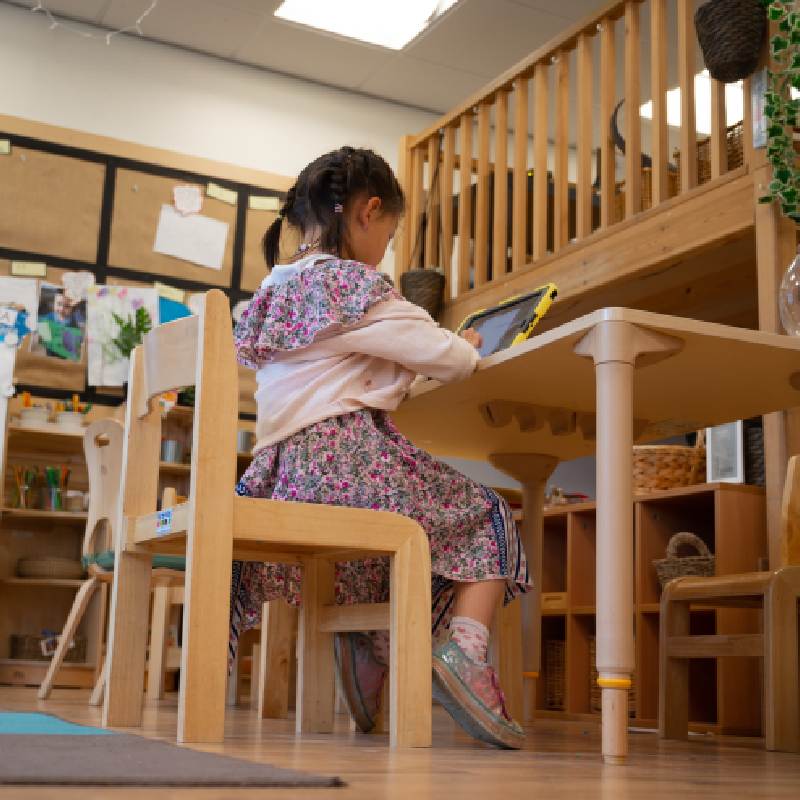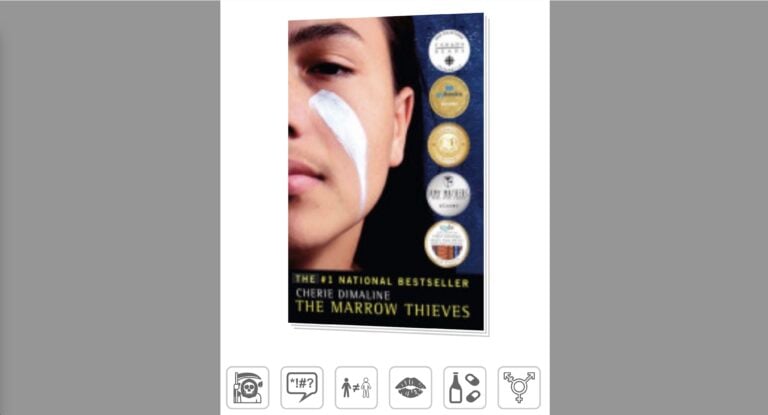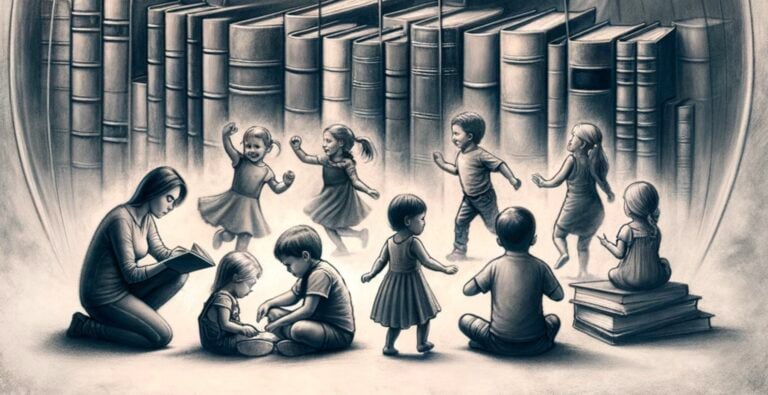Nurturing Young Minds: The Art of Timing & Age-Appropriate Learning
In the journey of raising children, one crucial aspect often overlooked is the art of introducing various topics at age-appropriate times. Let’s explore why this approach is pivotal in building healthy minds and how it parallels the regulation of certain toys and activities from the past.
Reading Age-Appropriate Books: A Foundation for Learning
Before diving into the importance of age-appropriate learning, let’s start with the cornerstone: reading age-appropriate books. Numerous studies have highlighted the profound impact of reading on children’s cognitive development. Reading helps expand their vocabulary, enhances comprehension skills, and nurtures their imagination. However, not all books are created equal, and it’s vital to select materials that match a child’s developmental stage.
Similarly, in the past, many toys and activities lacked the safety measures we have today. Chemistry sets contained hazardous chemicals, and metal roller skates posed accident risks. These items taught us the importance of striking a balance between allowing exploration and promoting safety.
Timing is Key: Why Age-Appropriate Learning Matters
Introducing age-appropriate topics and activities is akin to carefully choosing the right children’s book. It’s about nurturing young minds while keeping them safe.
Cognitive Development
Just as we wouldn’t hand a complex novel to a toddler, we shouldn’t introduce advanced mathematical concepts to a preschooler. Cognitive development occurs in stages, and age-appropriate learning respects this natural progression. Studies show that introducing concepts at the right time enhances comprehension and retention.
Emotional Readiness
Much like exposing children to age-appropriate themes in literature, we must gauge their emotional readiness. Discussing complex or sensitive topics too early can overwhelm and confuse them. This parallels the regulation of toys like BB guns or realistic toy guns, where understanding the potential emotional impact on children was critical.
Safety and Risk Management
The regulation of items like chemistry sets and glass baby bottles underscores the importance of safety. Just as we childproof our homes, we must ensure that the topics and activities we introduce are safe for young minds. Age-appropriate learning mitigates the risks associated with cognitive overload or emotional distress.
Balancing Exploration and Safety
As parents, caregivers, and educators, we play a pivotal role in balancing exploration and safety. It’s about creating an environment where children can learn, grow, and develop their minds while minimizing risks. Much like regulating toys such as metal slides or firecrackers, we regulate the information and experiences children encounter to ensure their well-being.
The Role of Guidance and Supervision
Toys like metal roller skates or easy-bake ovens required supervision to ensure children’s safety. Similarly, when we introduce age-appropriate topics, guidance and supervision are crucial. Engaging in conversations, answering questions, and providing context can make a significant difference in how healthy their minds develop.
In the end, nurturing healthy minds in children is not about bubble wrapping or overprotecting them. It’s about being mindful of their developmental stages, emotional readiness, and safety, much like choosing the right children’s book or ensuring the safety of their toys.
Just as we’ve evolved in our approach to child safety with recommended ages for toys and activities, our approach to age-appropriate learning has evolved as well. It’s a journey of striking a balance between exploration and safeguarding, ensuring that we build strong minds without overwhelming or exposing young ones to unnecessary risks.
Make a Difference; Get Involved






